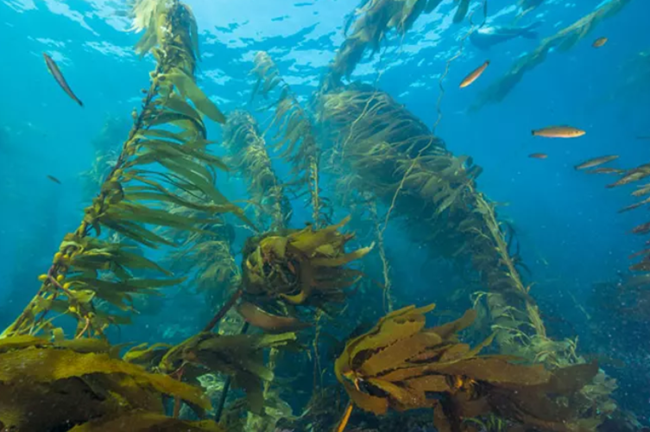Last updated: June 21, 2023
Article
An Overview of Channel Islands National Park
If you are visiting Southern California, take the time to visit the Channel Islands National Park (CHIS). CHIS is made up of five islands, each accessible by boat. Located just off the coast of one of the most populated areas in the world, it is worth the boat ride to these islands which feel like an escape from our metropolitan world. This marine sanctuary is isolated, providing visitors and wildlife with a sense of solace.
The Five Islands at CHIS
Anacapa Island is known for its volcanic arch rock, historic lighthouse, and wildflowers. Santa Cruz Island is the largest and most diverse island, known for its impressive biodiversity. Santa Rosa Island has rare Torrey Pine trees and sandstone canyons. San Miguel Island is a more remote island and contains a marine sanctuary for seals and sea lions. Santa Barbara Island contains twin peaks and steep rock formations.
The Five Islands at CHIS
Anacapa Island is known for its volcanic arch rock, historic lighthouse, and wildflowers. Santa Cruz Island is the largest and most diverse island, known for its impressive biodiversity. Santa Rosa Island has rare Torrey Pine trees and sandstone canyons. San Miguel Island is a more remote island and contains a marine sanctuary for seals and sea lions. Santa Barbara Island contains twin peaks and steep rock formations.

NPS Gallery *Images credited to NPS without any copyright symbol are public domain
The Channel Islands are home to archeological sites that shed light on the coastal migration patterns of the earliest Americans and their continuation in the marine environment. The native Chumash people were one of the most advanced societies of their time. These native people relied on the sea for much of their sustenance, manufactured tools, and trade items from shells to stones. After the Spanish arrived, the meeting of Europeans and native cultures was tragic. The Chumash were exposed to new diseases, such as smallpox, and were forced from their island homes into mainland missions.
Protection
Over the years, many settlers came to these islands for different reasons. Eventually, it became a protected area and a place of research and recreation, attracting visitors from all over the world. Arriving on the island feels like entering a different world. Here, you are alone and can experience the land as it once was. It is crucial to protect and honor the cultural and natural history of these islands. This unique marine protected area is home to resources that are crucial to protect and research. Before arriving at the park, visitors need to take biological precautions (such as inspecting and cleaning packs, brushing and spraying hiking boots, and checking for stow-aways) to help prevent the spread of invasive species and keep the island ecosystem balanced.
Writing Prompt written by Abigail Stone Lauer
for "A Day in the Life of a Fellow" Article Series
National Park Service - Workforce Management Fellow
in Partnership with Northwest Youth Corps
